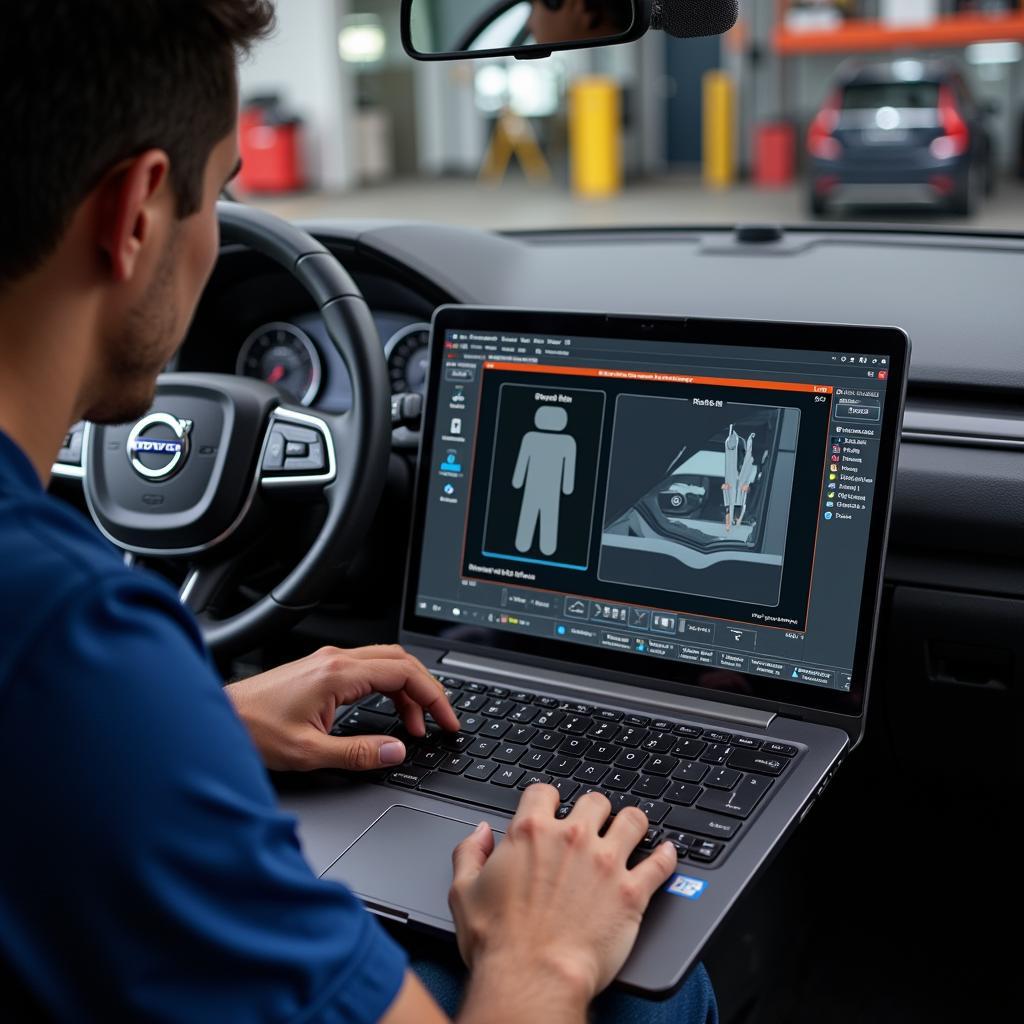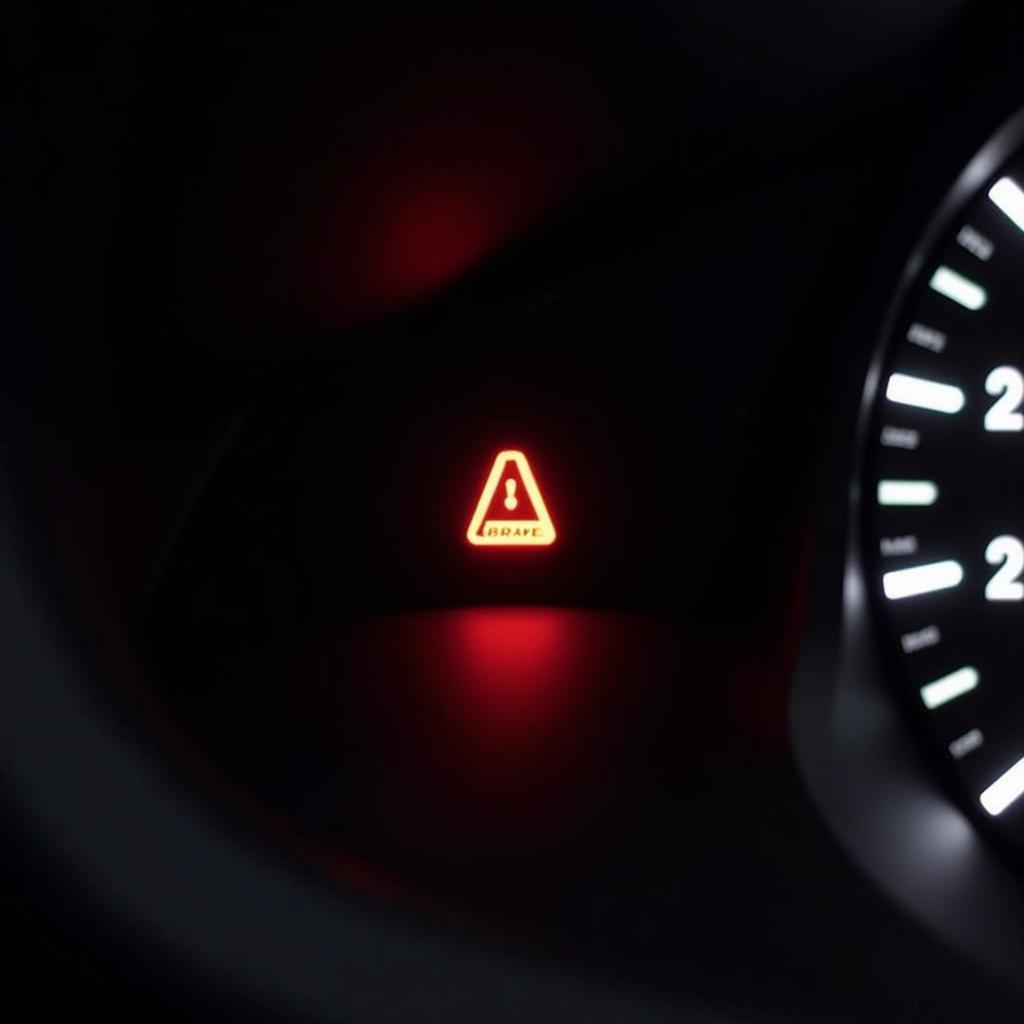Jumping off a dead car battery is a common roadside woe. Within the first few moments of realizing your car battery is dead, the thought of getting a jump start likely crosses your mind. But there’s more to it than simply connecting cables. This guide dives deep into the process, covering everything from safety precautions to troubleshooting common issues, empowering you to confidently revive your dead battery.
Understanding Why Your Car Battery Died
Before we jump into the how-to, understanding why your battery died is crucial. A dead battery can be a symptom of a larger issue, like a faulty alternator, parasitic drain, or simply leaving your lights on. Identifying the root cause can prevent future headaches and potentially save you costly repairs. Common culprits include corroded battery terminals, extreme temperatures, and old age. If your battery is consistently dying, it’s a sign that you need more than a jump. Check out our guide on charging a totally dead battery.
Common Causes of a Dead Battery
- Leaving lights or accessories on: This is a classic mistake and an easily preventable one. Double-check that all lights and accessories are off before exiting your vehicle.
- Faulty alternator: The alternator is responsible for recharging the battery while the engine is running. If it’s malfunctioning, your battery won’t receive the charge it needs.
- Extreme temperatures: Both extreme heat and cold can negatively impact battery performance and lifespan.
- Old age: Batteries have a limited lifespan, typically around 3-5 years.
How to Safely Jump Start a Dead Car Battery
Jumping a car battery might seem straightforward, but taking the correct steps is crucial for safety and effectiveness. An improper jump can damage your vehicle’s electrical system or even cause injury.
- Gather your supplies: You’ll need a set of jumper cables and a working vehicle with a good battery.
- Position the vehicles: Park the working vehicle close to the dead one, ensuring the batteries are accessible. Don’t let the vehicles touch.
- Turn off both vehicles: Make sure the ignition is off in both vehicles and any accessories are turned off as well.
- Connect the positive (red) cable: Attach one end of the red cable to the positive terminal of the dead battery. Then, connect the other end to the positive terminal of the working battery.
- Connect the negative (black) cable: Attach one end of the black cable to the negative terminal of the working battery. Then, connect the other end to an unpainted metal surface on the dead car’s engine block, away from the battery.
- Start the working vehicle: Let the engine run for a few minutes to charge the dead battery.
- Start the dead vehicle: Attempt to start the car with the dead battery. If it doesn’t start immediately, let the working vehicle run for a few more minutes and try again.
- Disconnect the cables: Once the dead vehicle starts, disconnect the cables in the reverse order of connection.
What if the car still won’t jump?
If your car still won’t jump, you may be facing a more complex issue. Check out our guide on car battery not starting with jump for more troubleshooting advice. Sometimes, even a jump start isn’t enough.
Troubleshooting Common Jump Starting Problems
Even with the correct procedure, you might encounter issues. Here are some common problems and solutions.
- The car won’t start after several attempts: This could indicate a deeper problem beyond a simple dead battery, such as a starter motor issue. See our article on situations where your car wont jump.
- Sparks fly when connecting the cables: This can happen if the cables are connected incorrectly. Double-check the connections and ensure they are secure.
- The jumper cables get hot: This could be a sign of a serious electrical problem and you should stop the jump start process immediately.
- The dead battery doesn’t hold a charge: This suggests a problem with the battery itself, such as sulfation or internal damage. It may be time for a new battery.
“Ensuring you have a reliable set of jumper cables is paramount. Cheap cables can be a false economy,” advises John Smith, Automotive Electrical Engineer at AutoTech Solutions.
Preventing Future Dead Batteries
Taking proactive steps can minimize the chances of experiencing another dead battery. Regular maintenance and a few simple checks can go a long way.
- Test your battery regularly: A simple battery test can reveal its condition and alert you to potential problems before they leave you stranded.
- Clean your battery terminals: Corrosion can hinder the flow of electricity. Cleaning the terminals with a wire brush and battery terminal cleaner can improve conductivity.
- Limit short trips: Short trips don’t give the alternator enough time to fully recharge the battery. Try to combine errands or take longer drives when possible.
- Be mindful of accessories: Avoid leaving lights, radio, or other accessories on when the engine is off.
- Consider a battery tender: If your car sits unused for extended periods, a battery tender can help maintain its charge.
“Regular battery maintenance is often overlooked, but it’s a simple way to avoid unexpected breakdowns and extend the life of your battery,” says Sarah Jones, Lead Technician at AutoCare Professionals.
Conclusion
Jumping off a dead car battery is a skill every driver should know. By understanding the process, taking necessary precautions, and performing regular maintenance, you can confidently handle this common roadside issue and keep your car running smoothly. Remember to always prioritize safety and if you’re unsure about any step, seek professional assistance. Now that you’ve mastered jumping your car, consider exploring more about maintaining your vehicle’s electrical system. If you own a Jaguar XF, you might find our article on jaguar xf low battery warning particularly helpful. Or, if your issue persists despite jump-starting, learn more about scenarios when a battery dead car won t start.
FAQ
- How long can I leave jumper cables connected? Only as long as it takes to start the dead car. Prolonged connection can damage the electrical systems of both vehicles.
- Can I jump start a car with a different voltage battery? It’s not recommended. Connecting batteries with different voltages can cause damage.
- What should I do if my car battery keeps dying? Take your car to a mechanic to diagnose the underlying issue. It could be a faulty alternator, parasitic drain, or a bad battery.
- Is it safe to jump start a car in the rain? Yes, as long as you take precautions to avoid getting wet and ensure the cables are not submerged in water.
- How often should I replace my car battery? Every 3-5 years, depending on usage and climate.
- What type of jumper cables should I buy? Invest in a good quality set of heavy-duty jumper cables.
- Can I use a portable jump starter instead of another car? Yes, portable jump starters are a safe and convenient alternative to traditional jump starting.


